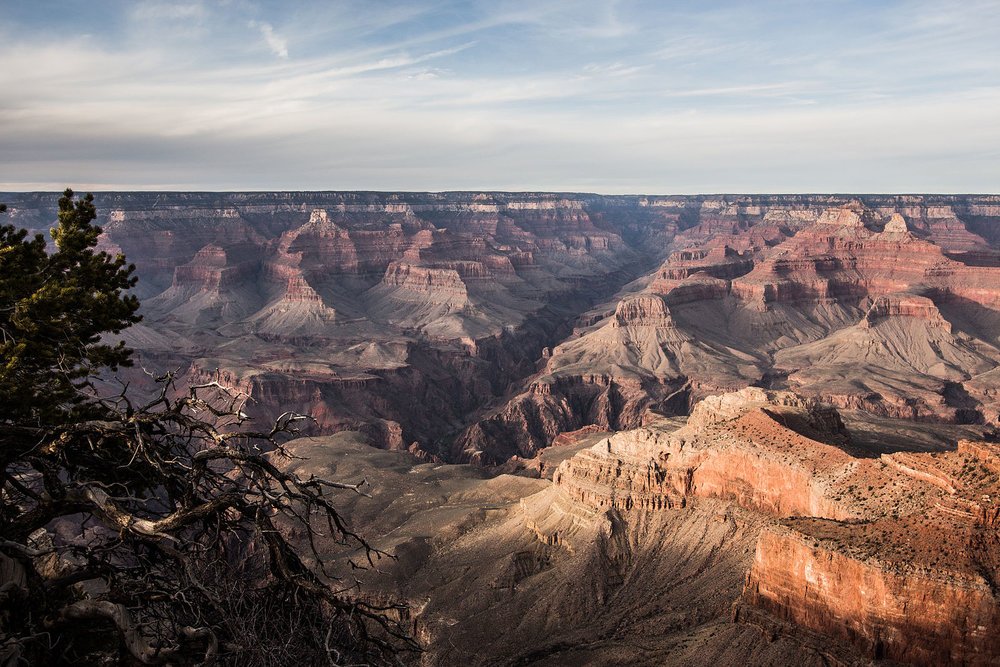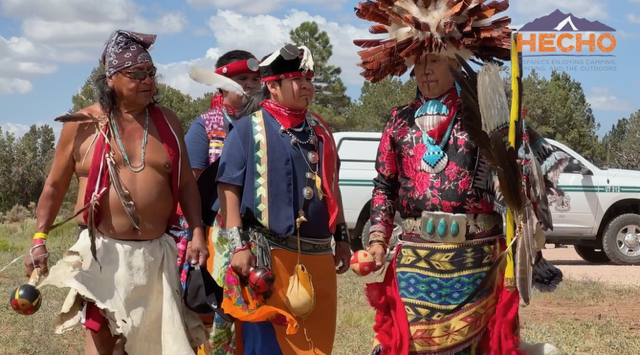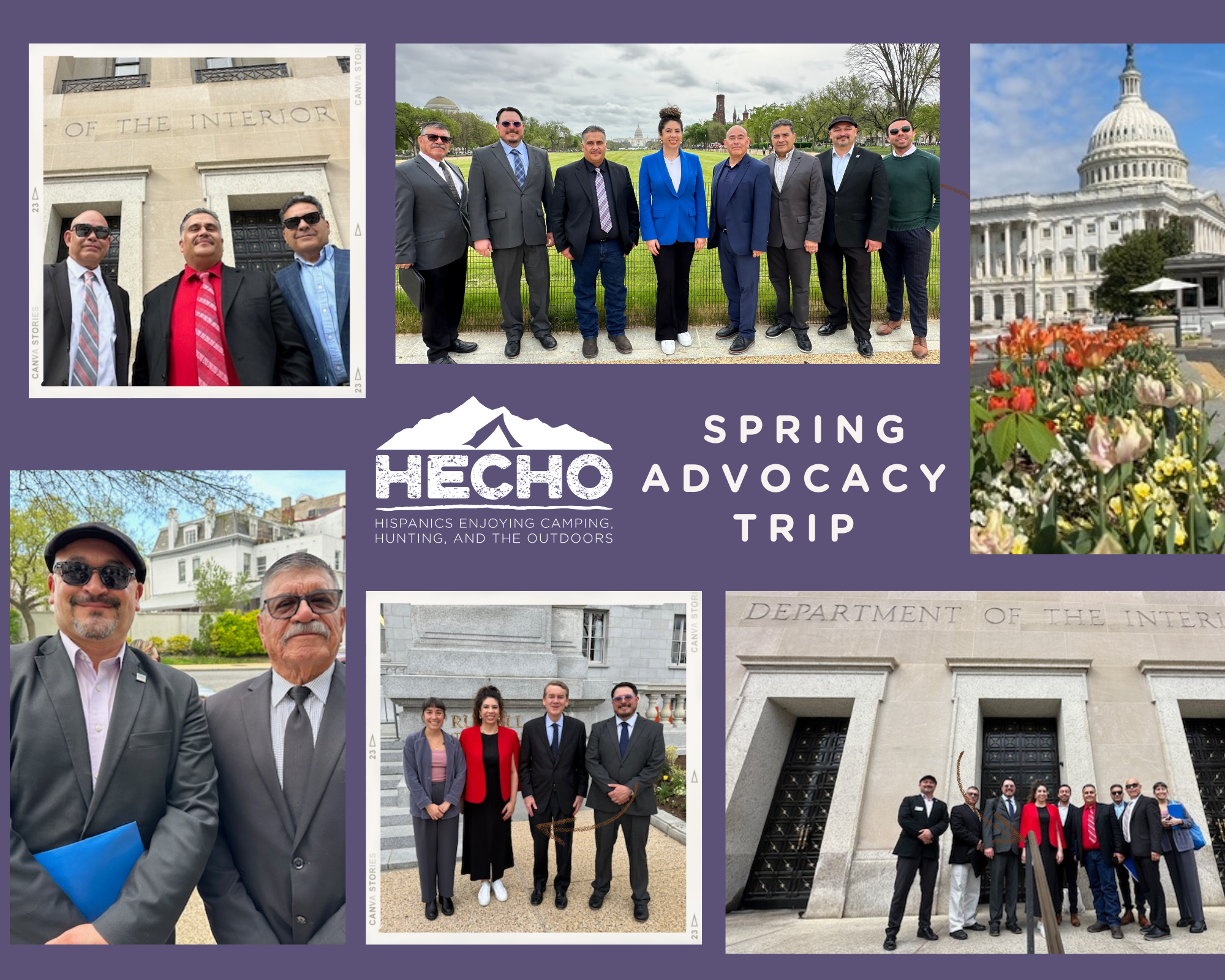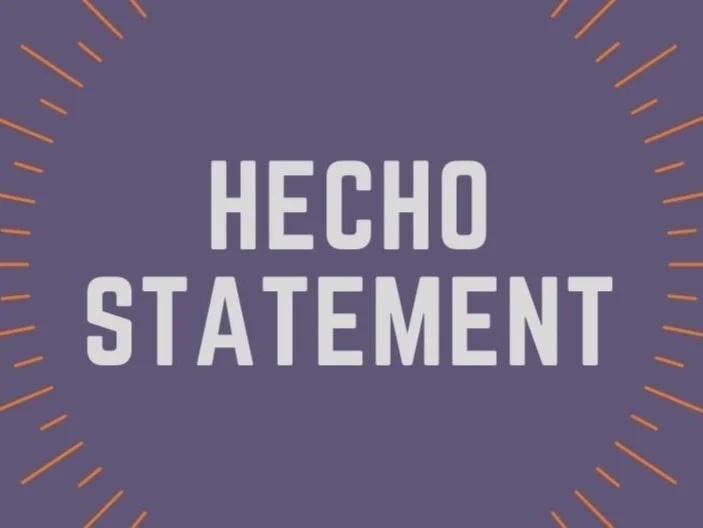Protecting The Grand Canyon Watershed from Uranium Mining
Known as the Grand Canyon State, Arizona has been home to the Havasupai since time immemorial. The Grand Canyon is one of the most iconic natural wonders of the world. However, work remains to permanently protect the Grand Canyon and the adjacent communities and wildlife that depend on a clean and reliable watershed safe from uranium mining. The uranium industry’s effort to mine uranium on federal public lands near the Grand Canyon threatens the region’s booming tourism industry, which supports over 12,000 jobs and encourages the protection and preservation of the natural wonder. In 2018, the Department of the Interior, under the Trump Administration, officially listed uranium as a “critical mineral.” The Department of Commerce subsequently launched an investigation into the option of imposing import quotas and domestic-purchasing requirements on U.S. uranium buyers to meet defense needs and supply the nation’s electrical grid. However, uranium mining in the U.S. is not vital for economic or national security.
The U.S. can obtain the majority of the uranium it needs from existing domestic and foreign suppliers and has enough enriched uranium stockpiled to meet military needs until 2060. According to the U.S. nuclear power industry, protecting domestic uranium mining through import quotas and a “buy American” requirement would actually raise costs and force nuclear power plants to close. Given the significant environmental, cultural, and economic risks, the Grand Canyon mining ban should remain permanently, and the uranium deposits near the Grand Canyon should be left undisturbed.
Recent Work































